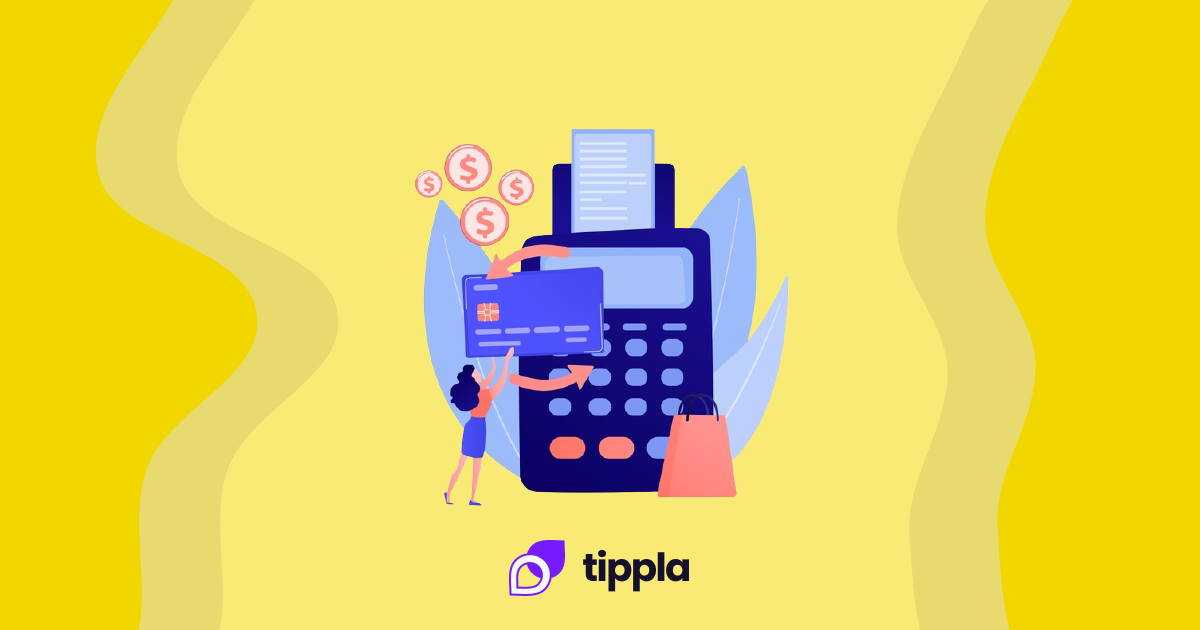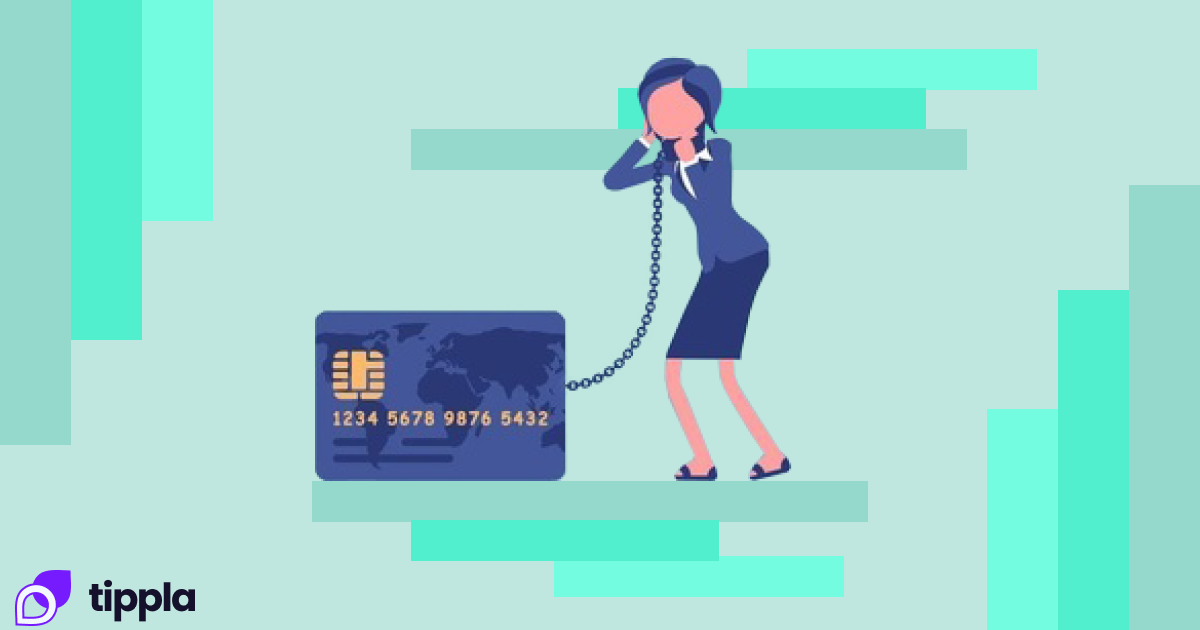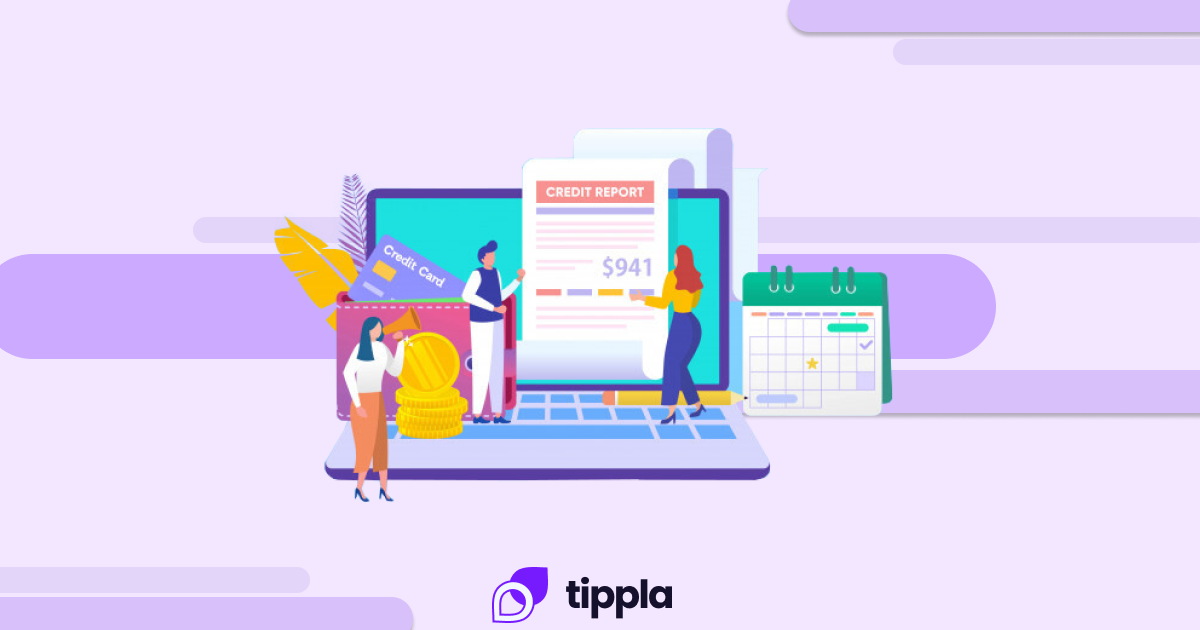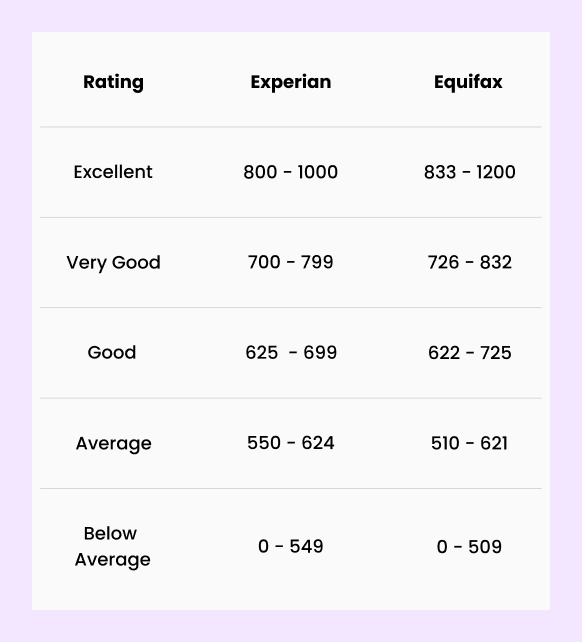With so many options out there on the market, Tippla has put together a helpful guide on the different types of credit cards.
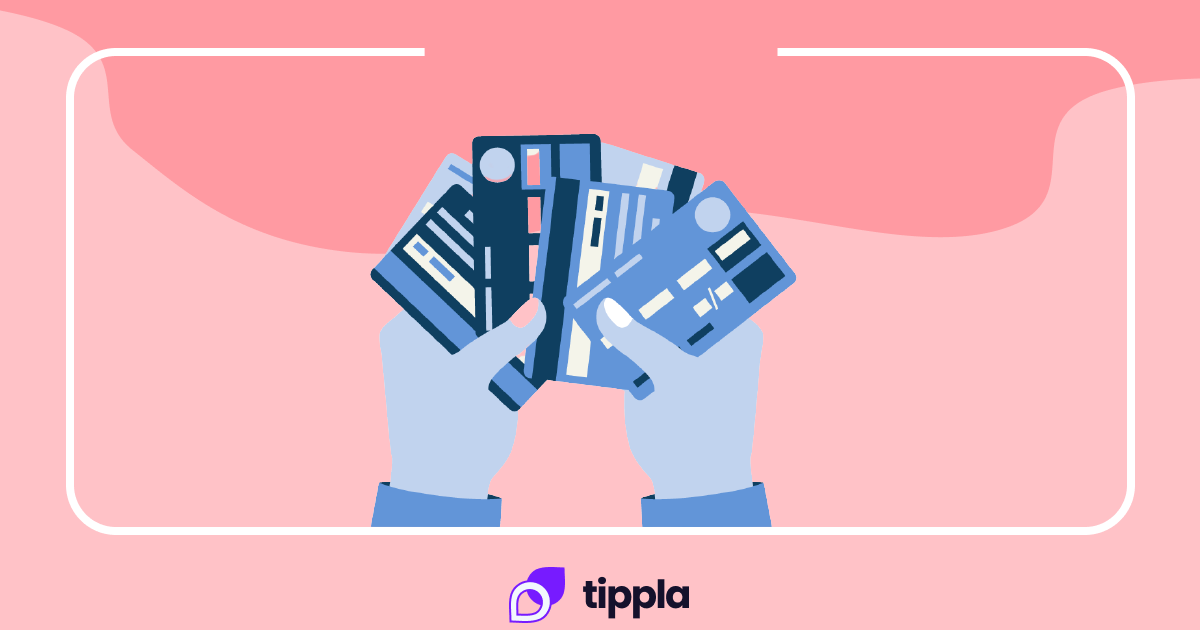
What is a credit card?
A credit card is a revolving line of credit that allows you to purchase goods and services. There are many similarities between a credit card and a loan – you have a set limit you can spend, and you need to pay it back.
Unlike a loan, the credit limit refreshes each month, and you need to repay the amount each month. If you want to avoid fees and interest, you’ll have to pay back the full amount each month.
Why choose a credit card?
There are several reasons why you might opt for a credit card. Here are five reasons:
1. Flexibility
Because your credit limit refreshes each month, that means you can have access to thousands of dollars each month. This can come in handy if you have unexpected expenses, want to make a big purchase, or use it for your daily spending.
However, it is worth remembering that whatever you spend, you have to pay back. Your credit card limit typically refreshes each month.
2. Building a credit history
Taking on a credit card can allow you to build a positive credit history. If you demonstrate each month that you can use your credit card effectively, and meet your repayments consistently, then this will look good on your credit report.
However, if you allow your credit card debt to get out of control, then it could have the opposite effect. If you miss your repayments, then this will be displayed as a default on your credit report. Defaults can seriously harm your credit score.
3. Rewards
There are many rewards associated with credit cards. When you spend money, you earn points, which can be redeemed for a range of items – frequent flyer points, cashback, or retail perks, the list goes on and on. If you fly a lot for work, then a rewards credit card might provide a nice bonus.
However, it’s important to point out that rewards cards often come with higher interest rates and fees. It’s important to weigh the pros and cons to see whether you will get a benefit from a rewards card.
4. Purchase protection
Many credit cards come with purchase protection. This can come in handy if you lose or damage a recent purchase. Typically, you can claim your lost or damaged item on your card’s insurance within 90 days from purchase.
5. Tracking your expenses
You can easily track your expenses when using a credit card. This can be particularly helpful for budgeting and trying to cut down on your monthly spending. With most credit cards, you can easily track your spending through your internet banking or monthly statements. Some banks will even sort your expenses into categories, such as utilities, groceries, eating out, and similar groups.
Different types of credit cards
Now you know some of the reasons why you might want to get a credit card, let’s dive into the different types of credit cards.
| Low-interest credit cards | A low-interest credit card is a credit card that offers a lower interest rate than normal, which is typically 20%. Low-interest rate credit cards, however, often have an interest rate that’s 14% or lower.
In addition to having a lower interest rate, these cards can also have no interest periods, typically up to 55 days. The downside of low-interest credit cards is that they generally come with more restrictions, fewer rewards, and a higher annual fee. |
| Balance transfer credit cards | A balance transfer credit card is when you transfer your outstanding debt from one credit card to your balance transfer credit card.
The benefits of a balance transfer credit card are that they usually come with a low interest rate or even an interest-free period. This gives you the opportunity to repay your debt within the interest-free, or low-interest, period. If you can’t repay your debt within this period, then it might cost you more in the long run. |
| No annual fee credit card | As the name suggests, a no annual fee credit card is a credit card that doesn’t have an annual fee. There are typically two versions of this card. The first is when you never have to pay an annual fee for the life of the card. The second is when you don’t have to pay the annual fee for an introductory period, which usually spans 1-2 years.
Because you’re not being charged an annual fee, this type of card often comes with a higher interest rate. |
| Rewards credit card | Rewards are a popular type of credit card, as they often give you some kind of reward simply for spending money. The reward is generally given in the form of points which you can use for things like – retail rewards, supermarket rewards, cashback deals, frequent flyer points, and petrol rewards.
Like everything in life, nothing comes for free. Rewards credit cards typically come with higher annual fees and interest rates. It can also take a while to build up the points, and they can expire. That’s why it’s beneficial to read the conditions of the rewards and see if they are worth the extra fees and higher interest. |
| Cashback credit card | A cashback credit card is a type of rewards credit card. However, with this specific card type, you can get cash back when you make purchases.
There’s a couple of ways this can happen, you might get a cash voucher or the money credited back to your account. Similar to rewards credit cards, cash back credit cards usually have higher interest rates and annual fees. Some cards can also cap how many cashback points you can earn. |
| Platinum or black credit card | Platinum or black credit cards are at the upper end of credit cards. They come with a range of benefits including exclusive dining and travel deals, as well as rewards points that don’t expire.
You can get one of these cards if you’re 18 years or older and your salary exceeds $50,000 a year. The downside of these cards is the higher annual fees and interest rates. |
Who provides credit cards?
Let’s tackle the next question – where can you get a credit card? Gone are the days when banks are the only institution that offers credit cards. Here is a range of companies and financial institutions that offer credit cards:
- Australian and international banks;
- Financial institutions,
- Airlines, such as Qantas and Virgin;
- Supermarket chains, such as Woolworths and Coles;
- Visa and Mastercard;
- eCommerce companies like Kogan;
- Department stores, including David Jones.
What credit card is right for me?
In Australia, there are so many credit card options available for you to choose from. It can be overwhelming when trying to decide what credit card is the right fit for you. To help you on your journey, we have listed a couple of questions you should ask yourself when making your decision.
- What will I be using the credit card for – day to day spending, to pay for bills, or to make big purchases every so often;
- Will I be able to pay off my credit card in full each month?
- Am I, at times, forgetful and not the best at sticking to a budget and therefore, likely to carry over a balance each month?
- Do I travel a lot?
- Do I exclusively do my grocery shopping at one brand – like Coles or Woolworths?
- Do I need a credit card, and can I afford it? Do I already have a lot of debt?
- Will a credit card help or harm my credit score?
Before you apply for a credit card
Taking on a credit card can be a big decision. Before applying for a credit card you should make sure that you can afford to make the repayments, that you understand how to use a credit card effectively, and you can handle your debt responsibly.
It is easy for credit card debt to spiral out of control, so you should do your research and budget before taking on the responsibility. If you are ever unsure, you can speak to a financial counsellor for free to see if taking on a credit card is the right financial choice for you.
